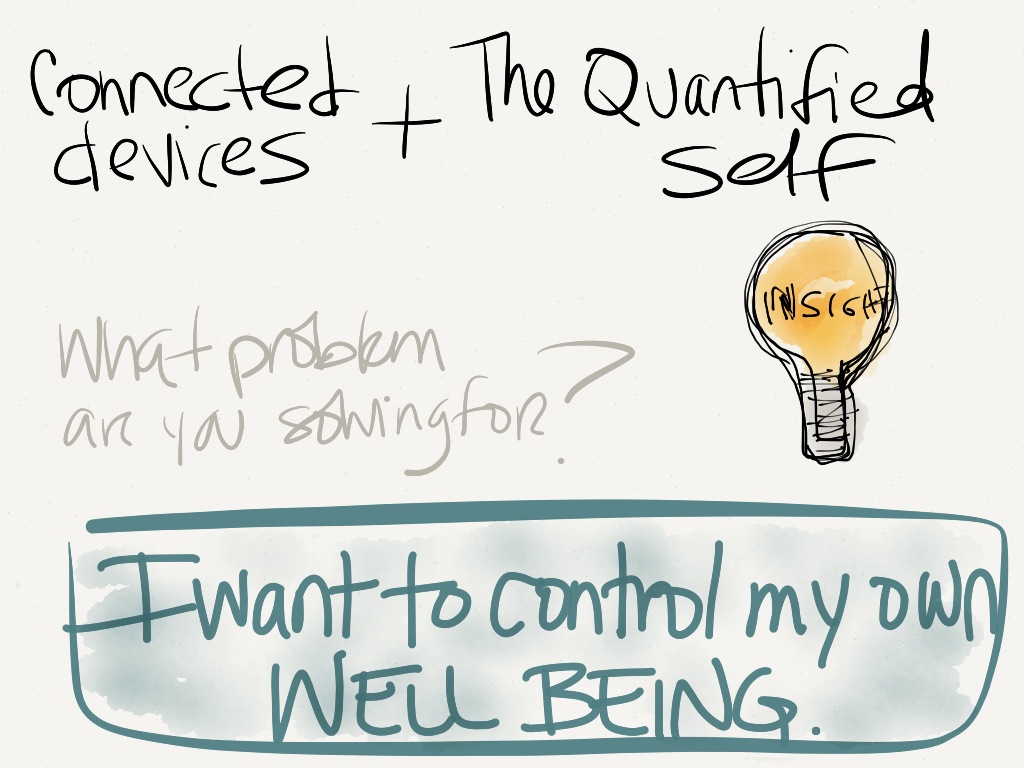Users become producers at Urban Screens 2011: Screening the city
New media, urban culture, personal data and creative ideas: it all came together at the Urban Screens 2011 event last December in Amsterdam. This years subject was ‘Screening the city’, which focused on how cities can be brought to life by new media technologies and how people leave and use their own data in the urban environment. The part of the programme I visited was ‘Smart cities and inhabitants’. Several speakers came to talk about their own projects related to this topic. In this blogpost I will give a short overview of two appealing presentations.
Joost Plattel spoke about his experiences within the Quantified Self, which is about tracking your personal data, or ‘self knowledge through numbers’. By using your smartphone, laptop and other electronic gadgets you can gather, log and share your own personal data, like your sleep, diet and exercise. More important, combining different electronic media even enables you to draw conclusions out of it. Plattel argues that since self-tracking gives you insight into your own health patterns, you have a greater understanding of your health than a doctor or a specialist.
This project really grabbed my attention, since it’s an interesting example of a shift from passive to active users. Using new media technologies in a way like the Quantified Self enables you to become your own health specialist, for example. This raises questions about professionalism and amateurism. Can we really tell more about our own health then our doctors? And do we really need to track and know as many things as possible about our health and ourselves? I think these are the kind of questions that arise with a power shift to users.

Another project presented was Figurerunning by Leonieke Verhoog, in which runners can make art by using their smartphone and running a route in a specific figure and share this with others. In this way, users can literally leave a mark on the map by creating content. Like the Quantified Self project, there is a social side to it as well. You can share your art and your techniques with other users, making it more fun and possibly more challenging to do. In my opinion, this is a great example of the city becoming an interactive playground and users being producers at the same time. Besides, this project shows that new media technologies can add something extra or new to existing activities.
All in all, I believe that the presented projects at the Urban Screens 2011 event showed that new media technologies bring a lot of opportunities with them for users to be creative and smart with existing activities. Moreover, the event brought different topics and disciplines together by the overall theme of new media. Subjects such as art, culture, health, sports and history were present in the different projects, making it interesting for diverse groups of people. This underscores the fact that the use of electronic media is no longer reserved to people and organizations with a background in technology; now it is suited to many different disciplines, purposes and users. The Urban Screens 2011 event did a great job showing this diversity within the new media landscape.